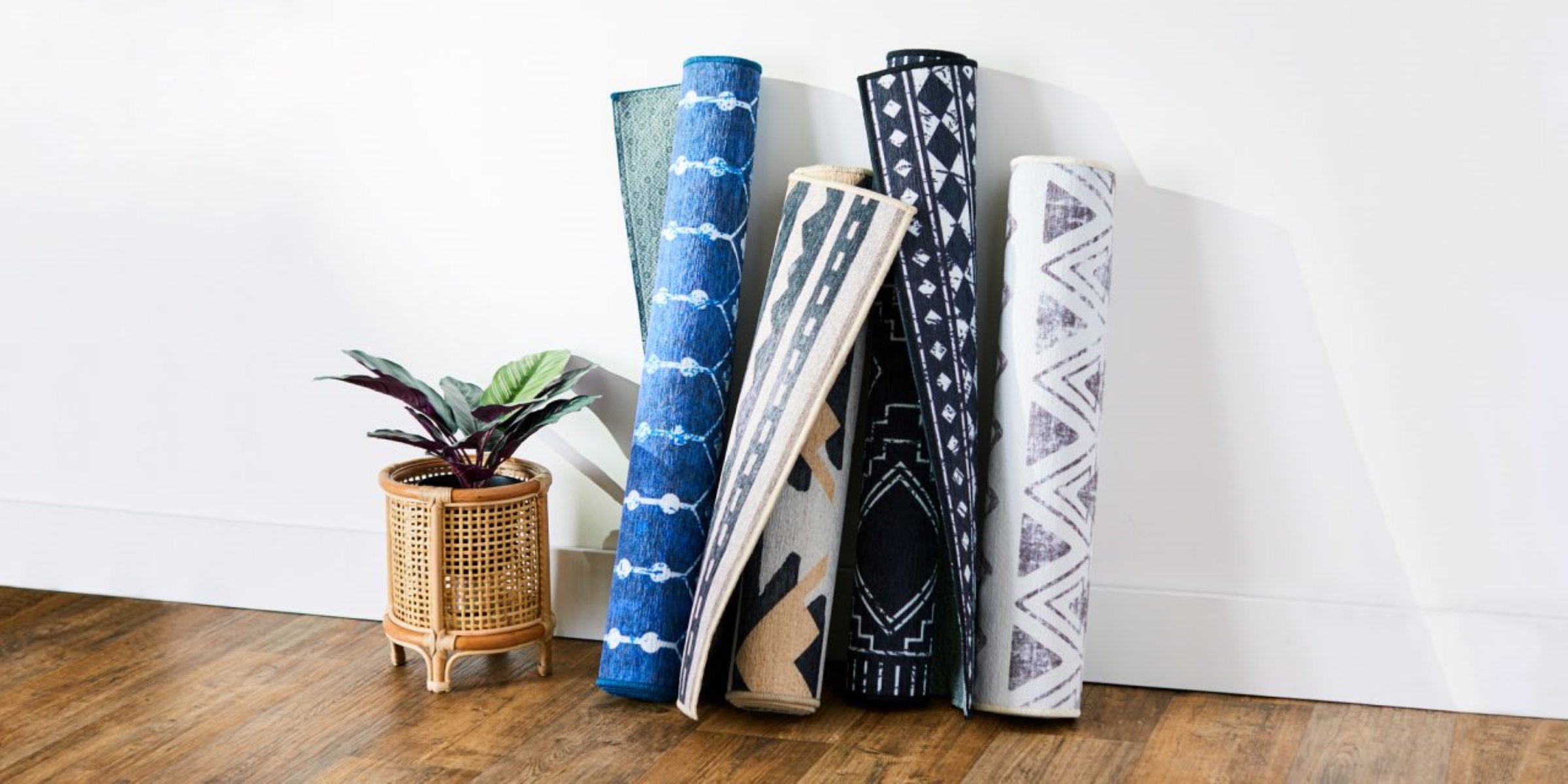

Articles
How To Shop For Area Rugs
Modified: January 6, 2024
Learn how to shop for the perfect area rug with our informative articles. Discover tips and tricks to find the best rug for your space and decor.
(Many of the links in this article redirect to a specific reviewed product. Your purchase of these products through affiliate links helps to generate commission for Storables.com, at no extra cost. Learn more)
Introduction
Are you looking to add a touch of warmth and style to your living space? One of the quickest and easiest ways to transform a room is by incorporating an area rug. Not only do area rugs provide comfort and insulation, but they also serve as an anchor for furniture and add visual interest to any room.
However, shopping for area rugs can sometimes feel overwhelming. With so many options available in terms of size, style, material, and color, it’s important to have a clear understanding of your space and preferences before making a purchase. In this article, we will guide you through the process of shopping for area rugs and provide expert tips to help you find the perfect rug that suits your needs and enhances your space.
Key Takeaways:
- Transform your living space with the perfect area rug by understanding your space, measuring accurately, and considering style, material, pattern, color scheme, and budget. Embrace your unique style and create a space that reflects your personality and brings you joy.
- Explore various retailers, both online and in-person, to find the perfect area rug that aligns with your style preferences and budget. Additionally, stay knowledgeable about maintenance and care practices to ensure your rug remains in beautiful condition and provides lasting enjoyment for years to come.
Read more: What Are Area Rugs
Understanding your space
The first step in shopping for an area rug is to assess and understand your living space. Take a moment to analyze the size, layout, and function of the room where the rug will be placed. Consider the existing furniture, wall colors, and overall decor style. This will help you determine the type of rug that will best complement and enhance your space.
Measure the dimensions of the room to get an idea of the available floor space. Keep in mind that a rug should not overwhelm the room or be too small to make an impact. Take note of any focal points, such as a fireplace or a large window, as these will affect the placement and size of the rug.
Additionally, consider the traffic flow in the room. If it’s a high-traffic area, like a living room or hallway, you’ll want to choose a rug that can withstand regular foot traffic and is easy to clean. On the other hand, if the rug will be placed in a less-frequented area like a bedroom or study, you can focus more on aesthetics and comfort.
It’s also important to decide whether you want the rug to be the focal point of the room or if you prefer it to blend in with the existing decor. If you have bold furniture or vibrant wall colors, you may want to choose a rug with a more neutral color palette. Alternatively, if you have a neutral or monochromatic room, a rug with a pop of color or a unique pattern can serve as a statement piece.
Understanding your space will help you narrow down your options and guide your decision-making process when it comes to selecting the perfect area rug for your room. By considering the size, layout, function, and overall aesthetics of the space, you’ll be able to find a rug that fits seamlessly into your home and enhances the overall design.
Measuring your space
Once you have a clear understanding of your living space, the next step in shopping for an area rug is to measure the area where the rug will be placed. Accurate measurements are essential to ensure that the rug fits properly and creates the desired visual impact in the room.
Start by using a tape measure to measure the length and width of the space where you want to place the rug. If you are working with a rectangular or square room, simply measure the longest wall and widest section. If your room has an irregular shape, try to measure the widest points to get a sense of the maximum rug size that will fit in the space.
Remember to leave enough space around the edges of the room to create a border between the rug and the walls. A general rule of thumb is to leave at least 18 inches of floor space between the rug and the walls. This will help create a visually pleasing balance and allow the rug to be showcased without overwhelming the room.
Consider the furniture placement as well. If you have a dining table or a seating area, make sure to measure the area where the furniture will sit on the rug. Ideally, the rug should be large enough that all four legs of the furniture can comfortably fit on top of it. This will ensure that the rug serves as a cohesive anchor for the furniture and creates a unified look in the space.
If you are unsure about the exact rug size to choose, it’s always better to go for a larger option rather than a smaller one. A larger rug can always be adjusted by folding or cutting, but a smaller rug will create an imbalance and may not have the desired impact in the room.
By taking accurate measurements of your space and considering the furniture placement, you can confidently choose a rug size that fits perfectly and enhances the overall aesthetics of your room. Remember, a well-fitted rug can tie the room together and create a cozy and inviting atmosphere.
Choosing the right size
Now that you have measured your space, it’s time to choose the right size for your area rug. The size of the rug plays a crucial role in determining how well it fits into the room and creates a harmonious visual balance.
When it comes to selecting the right size, there are a few guidelines to keep in mind. For a living room or a seating area, it’s generally recommended to choose a rug that is large enough to accommodate all the furniture. This means that the front legs of the sofa and chairs should be placed on the rug, while the back legs can rest on the floor. This creates a cohesive and anchored look in the space.
In a dining room, the rug should be large enough to accommodate the dining table and chairs, even when the chairs are pulled out. This ensures that the chairs remain stable on the rug and do not wobble or catch on the edges. As a general rule, add about 24 inches to each side of the table to determine the minimum size of the rug.
For a bedroom, the rug can be placed at the foot of the bed or extend under the bed, depending on the desired look. In either case, it’s important to choose a rug size that extends beyond the sides of the bed by at least 18 inches. This will create a soft and comfortable surface for your feet when you step out of bed in the morning.
In smaller spaces, such as a hallway or entryway, a runner rug is often the best choice. Measure the length of the hallway or entryway and choose a runner rug that is slightly shorter than the space available. This will allow some space on either end for the flooring to show through, creating a balanced and visually pleasing look.
While these guidelines can be helpful, don’t be afraid to experiment and trust your instincts. Ultimately, the size of the rug should feel right to you and should enhance the overall aesthetics of the room. Take into consideration the scale of the furniture and the proportions of the space to choose a rug size that is visually appealing and functional.
Choosing the right size for your area rug is essential for creating a cohesive and well-designed space. By following these guidelines and considering the function and layout of the room, you’ll be able to find a rug that fits perfectly and enhances the overall aesthetics of your living space.
Identifying your style
When shopping for an area rug, it’s important to consider your personal style and the overall design aesthetic of your space. The rug you choose should complement the existing decor and reflect your unique taste and personality.
Start by assessing the overall style of your home. Is it modern and minimalist, traditional and elegant, or eclectic and bohemian? Understanding the overall style will help you narrow down the options and choose a rug that harmonizes with the existing design elements.
Next, consider the specific style you want to achieve in the room. Are you looking for a rug that adds a pop of color and whimsy to a neutral space? Or do you prefer a rug that blends in seamlessly with the rest of the decor? Identifying your style preferences will help guide your rug selection process.
If you are unsure of your style or want to explore different options, take inspiration from interior design magazines, websites, and social media platforms. Look for rooms that resonate with you and identify the common design elements. Pay attention to the colors, patterns, and textures used in the rugs to get a sense of what appeals to you.
Another approach to identifying your style is to consider the mood or atmosphere you want to create in the room. Are you aiming for a cozy and inviting space? Or do you want to create a vibrant and energetic ambiance? Different rug styles can evoke different emotions and set the tone for the entire room.
When it comes to rug styles, there are numerous options to choose from. From traditional Oriental rugs to modern geometric designs, there’s something for every taste. Consider factors such as the pattern, texture, and shape of the rug to find a style that resonates with you.
Above all, remember that your personal style should take priority over trends or popular choices. Choose a rug that speaks to your individuality and enhances the overall aesthetics of your space. When you find a rug that reflects your style, it will not only be a functional piece but also a statement of your taste and personality.
By identifying your style and understanding the overall design aesthetic you want to achieve, you can confidently select an area rug that complements your space and enhances the visual appeal of your home. Whether you prefer vibrant patterns or subtle neutrals, there’s a rug out there that will perfectly capture your style and elevate your living space.
Read more: How To Decorate With Area Rugs
Determining the material
When shopping for an area rug, the choice of material is an important factor to consider. The material not only affects the look and feel of the rug but also determines its durability and ease of maintenance. Understanding different rug materials will help you make an informed decision based on your needs and preferences.
One common material used in area rugs is wool. Wool rugs are known for their softness, durability, and natural stain resistance. They provide warmth and insulation, making them a popular choice for living rooms and bedrooms. Wool rugs also have the ability to hide dirt and stains, making them low maintenance and easy to clean.
Another popular material is synthetic fibers, such as nylon or polyester. These materials offer a wide range of colors and patterns, allowing for versatility in design. Synthetic rugs are often more affordable than natural fiber rugs and are resistant to stains and fading. They are also easy to clean, making them a practical choice for high-traffic areas or homes with pets and children.
If you’re looking for a luxurious and plush feel, consider rugs made from natural fibers such as silk or bamboo. Silk rugs have a beautiful sheen and a soft texture, but they require more delicate care and are best suited for low-traffic areas. Bamboo rugs, on the other hand, are eco-friendly and durable, making them ideal for high-traffic spaces.
For outdoor areas or spaces exposed to moisture, consider rugs made from synthetic materials like polypropylene or acrylic. These materials are resistant to mold, mildew, and fading, making them perfect for patios, porches, or areas with high humidity.
When determining the material, it’s essential to consider the specific needs of the room and your lifestyle. If you have allergies, you may want to choose hypoallergenic materials like natural fibers or synthetic blends. If you have pets, stain-resistant materials are preferable. Assess the level of foot traffic, the presence of children or pets, and your maintenance preferences to find a material that suits your requirements.
Ultimately, selecting the right material for your area rug will ensure its longevity and functionality in your space. Whether you opt for the softness of wool, the practicality of synthetic fibers, or the luxurious feel of natural materials, choosing the right material will enhance the overall aesthetics and performance of your rug.
Take the time to explore different materials, touch and feel them, and consider their advantages and disadvantages. By understanding the characteristics of various rug materials, you’ll be able to find the perfect option that meets your style, budget, and maintenance needs.
Selecting the appropriate pattern
The pattern of an area rug can have a significant impact on the overall aesthetic of a room. It can add depth, texture, and visual interest to your space. When selecting a pattern for your area rug, it’s important to consider the existing decor, the purpose of the room, and your personal style preferences.
One aspect to consider is the scale of the pattern. If your room has larger furniture pieces or a spacious layout, you can opt for rugs with bold and intricate patterns. These types of rugs can serve as a focal point and make a statement in the space. On the other hand, if your room is smaller or has a minimalistic design, you may want to choose a rug with a simpler pattern or even a solid color to create a more subtle and cohesive look.
The style of your room can also influence the pattern choice. For example, if you have a traditional or vintage-style room, you may opt for rugs with floral motifs, Oriental designs, or intricate medallions. These patterns add a touch of elegance and sophistication. Conversely, if you have a more modern or contemporary space, you might lean towards geometric patterns or abstract designs that create a sense of movement and playfulness.
Consider the color scheme of your room when selecting a pattern. If your space already has a lot of colors and patterns, you may want to choose a rug with a more subtle or neutral pattern that complements the existing palette. On the other hand, if your room is mainly composed of neutral colors, a rug with a vibrant and eye-catching pattern can serve as a focal point and bring life to the space.
Keep in mind that patterns can evoke different moods and emotions. For example, stripes can create a sense of movement and energy, while floral patterns can add a touch of romance and softness. Consider the atmosphere you want to create in the room and choose a pattern that aligns with that vision.
It’s also important to consider the longevity of the pattern. Trends come and go, so if you are looking for a rug that will stand the test of time, opt for classic patterns that have a timeless appeal. These can include traditional motifs, geometric patterns, or even solid-colored rugs that never go out of style.
Ultimately, the pattern you choose for your area rug should reflect your personal style and enhance the overall aesthetics of your room. Take the time to explore different patterns, envision them in your space, and consider how they will complement the existing decor. By selecting an appropriate pattern, you can elevate the design of your room and create a visually stunning and harmonious environment.
When shopping for area rugs, consider the size and shape of the space you want to cover. Measure the area and choose a rug that is large enough to anchor the furniture in the room.
Considering the color scheme
The color scheme of your area rug plays a crucial role in tying together the elements of your room and creating a unified and harmonious design. When selecting a rug, it’s essential to consider the existing color palette and the overall mood you want to achieve in the space. Here are some key factors to keep in mind when considering the color scheme of your area rug.
1. Complement or Contrast: Decide whether you want the rug to complement or contrast with the existing colors in the room. If your furniture and walls have neutral tones, you can choose a rug that introduces a pop of color or a bold pattern to make a statement. On the other hand, if there are already vibrant colors in the room, consider a rug with more subtle or complementary hues to provide balance and cohesion.
2. Harmonize with the Overall Style: Consider the style of your room and how the rug’s color will align with it. For traditional or vintage-style rooms, consider rugs with rich, warm colors like deep reds, golds, or earthy tones. For modern or contemporary spaces, explore rugs with cool and muted colors or even monochromatic designs.
3. Create Visual Flow: If you have an open-concept space or multiple adjoining rooms, consider how the rug color will create a smooth transition from one area to another. Choose colors that complement or flow well together to maintain a cohesive look and feel throughout the space.
4. Consider the Light: Take the lighting of your space into account when choosing a rug color. Darker rugs can make a room feel cozier and more intimate, while lighter rugs can make a room appear more spacious and airy. Consider the natural light in the room and the direction it comes from to determine how different colors will be perceived.
5. Think About Practicality: It’s important to remember that lighter-colored rugs may show stains or wear more easily, especially in high-traffic areas or homes with pets and children. Consider the practicality of the color and opt for more forgiving shades or patterns if maintenance and cleanliness are a concern.
6. Use Color Psychology: Consider the emotional effects that different colors can have in a room. Warm colors like reds, oranges, and yellows can create a cozy and inviting atmosphere, while cool colors like blues and greens can evoke calmness and relaxation. Take into account the mood you want to achieve in the room and choose colors that align with that vision.
Remember that the color of your area rug should ultimately bring you joy and enhance the overall aesthetics of your space. Take the time to explore different color options, consider samples or swatches, and visualize how they will look in your room. By carefully considering the color scheme, you can select a rug that adds beauty, depth, and personality to your living space.
Evaluating the budget
When shopping for an area rug, it’s important to evaluate your budget and determine how much you are willing to invest in a high-quality rug that will meet your needs and last for years to come. Here are some factors to consider when evaluating your budget for an area rug.
1. Quality and Durability: Higher-quality rugs are often made with better materials and construction techniques, which result in increased durability and longevity. While they may come with a higher price tag upfront, investing in a high-quality rug can save you money in the long run as it will require less frequent replacement.
2. Size and Material: The size and material of the rug can significantly impact the price. Larger rugs and those made from premium materials tend to be more expensive. Consider the size requirements of your space and choose a material that aligns with your preferences and budget.
3. Brand and Retailer: Different brands and retailers may offer varying price points for similar rugs. It’s worth exploring different options and comparing prices to find the best deal without compromising on quality. Look for reputable retailers or consider buying directly from manufacturers to potentially find better prices.
4. Maintenance and Cleaning: Consider the long-term costs of maintaining and cleaning the rug. Some materials may require professional cleaning, which can incur additional expenses. Opt for materials that are easy to clean and maintain to minimize future costs.
5. Alternatives and Sales: If your budget is limited, consider exploring alternative options, such as machine-made rugs or rugs with synthetic materials that mimic the look of higher-priced options. Additionally, keep an eye out for sales or discounts, as many retailers offer promotions throughout the year.
It’s important to find the right balance between quality and cost when evaluating your budget. While it may be tempting to go for the cheapest option available, keep in mind that a low-quality rug may not provide the desired aesthetics or durability. Consider your long-term goals for the rug and prioritize investing in a rug that will bring you joy and satisfaction for years to come.
Lastly, remember that a beautiful and well-chosen area rug can significantly enhance the aesthetics and comfort of your living space. While budgetary considerations are important, prioritize quality, durability, and aesthetic appeal to ensure that your investment is worthwhile. By carefully evaluating your budget and considering the factors mentioned above, you can find a rug that strikes the perfect balance between cost and quality.
Read more: How To Store Area Rugs
Exploring various retailers
When shopping for an area rug, it’s important to explore various retailers to find the best options that fit your style, budget, and quality preferences. Here are some tips for navigating different retailers and maximizing your rug shopping experience.
1. Local Rug Stores: Start by looking for local rug stores in your area. These stores often have a wide selection of rugs in various styles and price ranges. Visiting a physical store allows you to see and feel the rugs in person, making it easier to assess their quality and match with your existing decor. The staff at these stores are usually knowledgeable and can provide helpful guidance during your rug search.
2. Home Decor Stores: Many home decor stores, such as large furniture retailers or specialty decor shops, also carry a selection of area rugs. These stores can be a convenient one-stop-shop for your home decoration needs. Browse through their rug selection to find options that match your style and budget.
3. Online Retailers: The internet has opened up a vast world of options for rug shopping. Explore online retailers that specialize in area rugs, as they often have a wide variety of styles, sizes, and price ranges. Read customer reviews and check ratings to evaluate the reliability and quality of the rugs offered. Be sure to check the return policy and shipping options before making a purchase.
4. Wholesale Markets: If you’re looking for a more affordable option or want to buy in bulk, consider visiting wholesale markets or outlets. These places often offer discounted prices on rugs, allowing you to find great deals on high-quality options. Just be prepared for a larger selection to sift through and be mindful of any minimum order requirements.
5. Secondhand Goods: Don’t overlook the possibility of finding unique and affordable rugs through secondhand sources. Check out local thrift stores, consignment shops, or online marketplaces where people sell their used goods. While you may need to spend some time searching, you can often find hidden gems at a fraction of the original price.
6. Rug Fairs and Exhibitions: Keep an eye out for local or regional rug fairs and exhibitions. These events attract sellers from various regions and offer a wide array of rugs to choose from. It can be an opportunity to find unique, handmade rugs and connect with expert artisans and sellers who can provide insights into rug materials, production techniques, and history.
Remember to compare prices, quality, and selection across different retailers to find the best options for your needs. Don’t hesitate to ask questions, seek recommendations, and take your time in the decision-making process. By exploring various retailers, both in-person and online, you’ll have a better chance of finding the perfect area rug that suits your taste, budget, and style preferences.
Checking online options
When shopping for an area rug, exploring online options can be a convenient and effective way to find a wide variety of styles, sizes, and price ranges. Online shopping offers the flexibility to browse from the comfort of your own home and provides access to a global marketplace of rugs. Here are some tips for checking online options and making the most of your virtual rug shopping experience.
1. Specialized Rug Retailers: Start by exploring online retailers that specialize in area rugs. These websites often have a vast selection of rugs in various styles, sizes, and materials. Many of these retailers also provide detailed product descriptions, high-quality images, and customer reviews to help you make informed decisions.
2. Brand Websites: If you have a particular rug brand in mind, visit their official website. Here, you can find their complete collection, learn more about their manufacturing processes, and get a better understanding of their design aesthetics. Brand websites often offer exclusive deals and promotions that can help you save money on your rug purchase.
3. Online Marketplaces: Utilize online marketplaces such as Amazon, eBay, or Etsy to find a wide range of rugs from various sellers. These platforms allow you to compare prices, read customer reviews, and often provide a secure purchasing environment. However, exercise caution and verify the credibility and reputation of the sellers before making a purchase.
4. Online Auctions: Consider participating in online rug auctions to potentially find unique and one-of-a-kind rugs at competitive prices. Auction platforms like Sotheby’s or Christie’s occasionally feature antique or collectible rugs. However, keep in mind that bidding can escalate quickly, so establish a budget and stick to it to avoid overspending.
5. Virtual Showrooms and Visualizers: Some online rug retailers offer virtual showrooms or visualizer tools that allow you to see how a rug would look in your space. These tools use augmented reality or virtual reality technology to give you a realistic representation of the rug’s size, pattern, and colors within your room. This can be a valuable resource for visualizing the rug and making more informed purchasing decisions.
6. Customer Reviews and Recommendations: Take advantage of customer reviews and recommendations to gauge the quality and reliability of an online seller. Read through previous customers’ experiences, feedback on product quality, and shipping processes. Additionally, seek recommendations from friends, family, or online communities to discover reputable online rug retailers.
When shopping online, pay attention to product details, including material composition, measurements, and shipping policies. Check for return and refund options, as well as customer support availability. It’s also a good idea to reach out to the seller or retailer directly if you have any specific questions or concerns regarding the rug you are interested in.
Online rug shopping offers convenience, a wide selection, and often competitive prices. By utilizing these online options effectively, you can explore a vast range of rugs, compare prices, and find the perfect area rug that meets your style preferences and budgetary needs.
Tips for maintenance and care
Maintaining and caring for your area rug is essential to preserve its beauty, extend its lifespan, and keep it looking fresh and clean for years to come. Here are some valuable tips for maintaining and caring for your rug:
1. Vacuum Regularly: Regular vacuuming is crucial to prevent dirt and debris from settling into the rug fibers. Use a vacuum cleaner with adjustable settings to ensure gentle yet effective cleaning. For high-pile rugs, use a brush attachment to lift and remove dirt effectively.
2. Rotate and Re-position: Rotate your rug periodically to ensure even wear and to avoid certain areas becoming more faded or worn than others. If your rug receives direct sunlight, consider repositioning it occasionally to prevent fading and color distortion.
3. Use Rug Pads: Place a rug pad underneath your area rug to provide cushioning, prevent slipping, and minimize wear and tear. Rug pads also help to keep the rug in place and protect your flooring. Be sure to choose a rug pad suitable for your floor type.
4. Clean Spills Immediately: Accidents happen, so it’s important to address spills and stains promptly. Blot any liquid spills with a clean cloth or paper towel without rubbing, which can push the liquid deeper into the rug. Use a mild detergent or a specialized rug cleaner for stain removal, following the manufacturer’s instructions.
5. Avoid Excessive Sunlight: Prolonged exposure to direct sunlight can cause colors to fade and damage the fibers of your rug. Consider using curtains or blinds to block out harsh sunlight or using UV protective window film to protect your rug and other furnishings.
6. Professional Cleaning: Depending on the material and level of dirt accumulation, it’s recommended to have your area rug professionally cleaned every 1-3 years. Professional cleaning can effectively remove deep-seated soil and stains, reviving the rug’s appearance and maintaining its durability.
7. Spot Test Before Cleaning: Before using any cleaning solutions or techniques on your rug, conduct a spot test in a less visible area to ensure the cleaning product does not cause discoloration or damage. Different rugs and materials may require specific care instructions, so always consult the manufacturer’s guidelines.
8. Address Pet Hair: If you have pets, regular vacuuming may not be sufficient to remove pet hair and dander. Use a brush or specialized tools to remove pet hair from your rug, ensuring it doesn’t accumulate over time. Consider designating pet-free zones to minimize the risk of accidents and damage to the rug.
9. Store Properly: If you need to store your area rug, ensure it is clean and dry before rolling it up. Wrap it in acid-free paper and store it in a cool, dry area with proper ventilation. Avoid storing rugs in damp or humid spaces to prevent mold and mildew growth.
10. Regular Maintenance: Regularly inspect your rug for any signs of wear, loose threads, or damage. Attend to any necessary repairs promptly to prevent further deterioration. Additionally, consider professional rug maintenance services such as moth and insect treatments if your area rug is susceptible to infestations.
By following these maintenance and care tips, you can prolong the life of your area rug and keep it looking beautiful for years to come. Regular cleaning, prompt stain removal, and proper storage contribute to maintaining the rug’s appearance and ensuring long-lasting enjoyment of its comfort and aesthetic appeal.
Conclusion
Shopping for an area rug is an exciting endeavor that can transform the look and feel of your living space. By understanding your space, measuring accurately, and considering factors like style, material, pattern, color scheme, and budget, you can make an informed decision that suits your needs and enhances your home’s aesthetics.
Taking the time to explore various retailers, both online and in-person, allows you to access a wide range of options and find the perfect rug that aligns with your style preferences and budget. Additionally, staying knowledgeable about maintenance and care practices will ensure that your rug remains in beautiful condition and provides lasting enjoyment for years to come.
Remember that while there are guidelines and tips to assist you in the rug shopping process, it’s ultimately your personal taste and vision that should guide your decisions. Embrace your unique style, experiment with different patterns and colors, and trust your instincts to create a space that reflects your personality and brings you joy.
Whether you choose a traditional Oriental rug, a trendy contemporary design, or a plush neutral-toned rug, your area rug will add warmth, comfort, and visual interest to your room. It will serve as an anchor for furniture, create a defined space, and contribute to the overall ambiance of your living areas.
So, go ahead and embark on your rug shopping adventure armed with the knowledge and tips provided in this article. Enjoy the process, express your creativity, and discover the perfect area rug that will enhance your home and make it uniquely yours.
Frequently Asked Questions about How To Shop For Area Rugs
Was this page helpful?
At Storables.com, we guarantee accurate and reliable information. Our content, validated by Expert Board Contributors, is crafted following stringent Editorial Policies. We're committed to providing you with well-researched, expert-backed insights for all your informational needs.
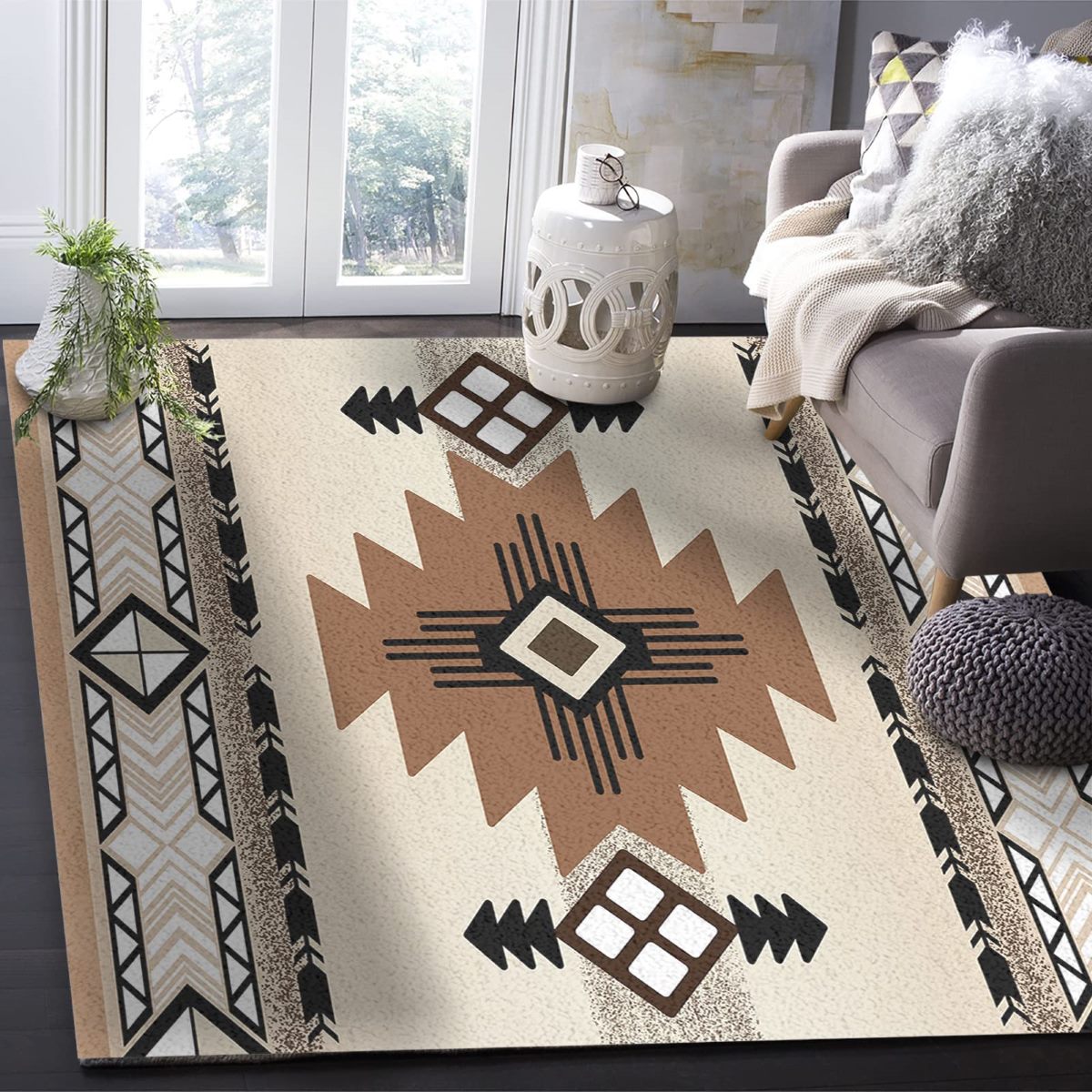

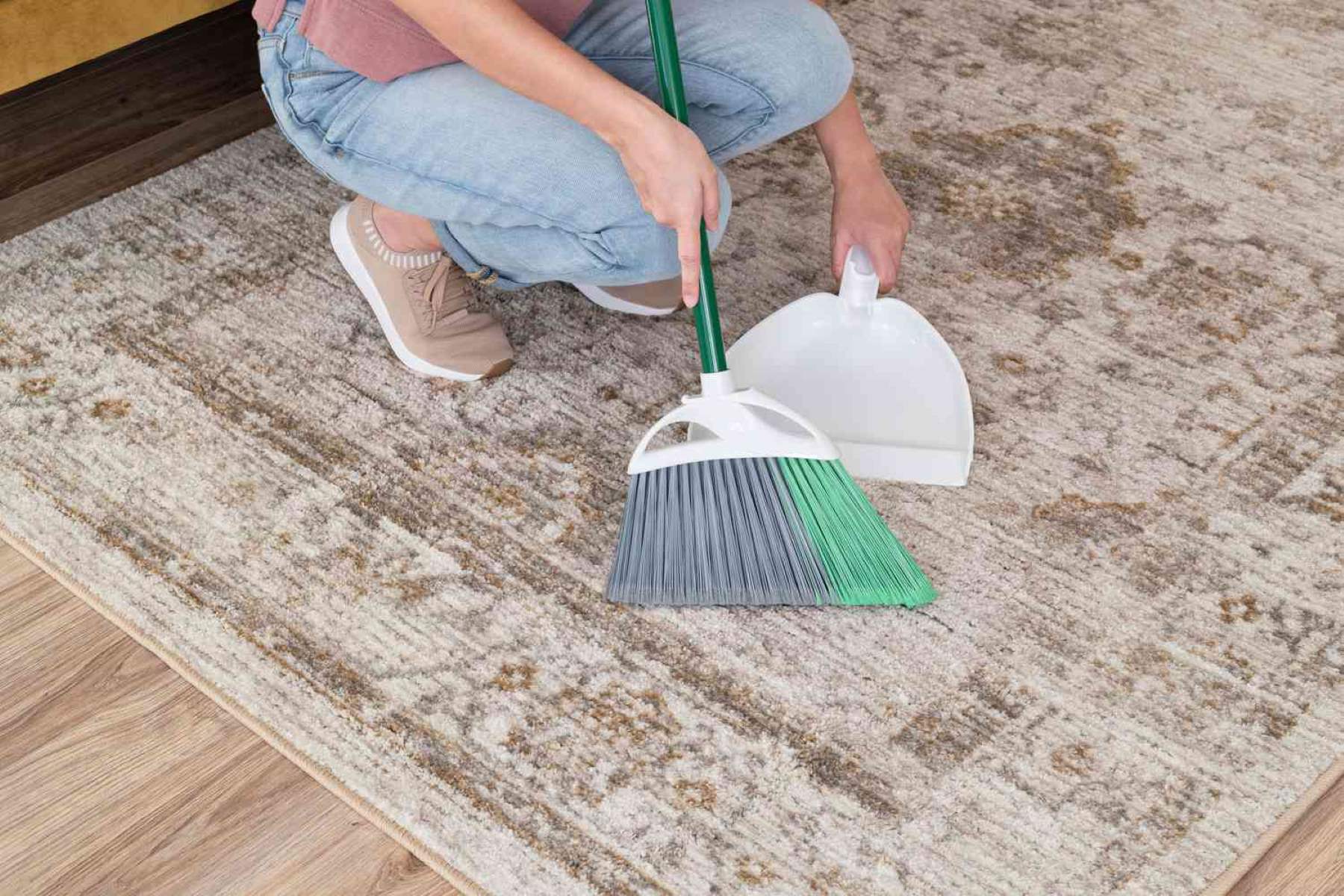
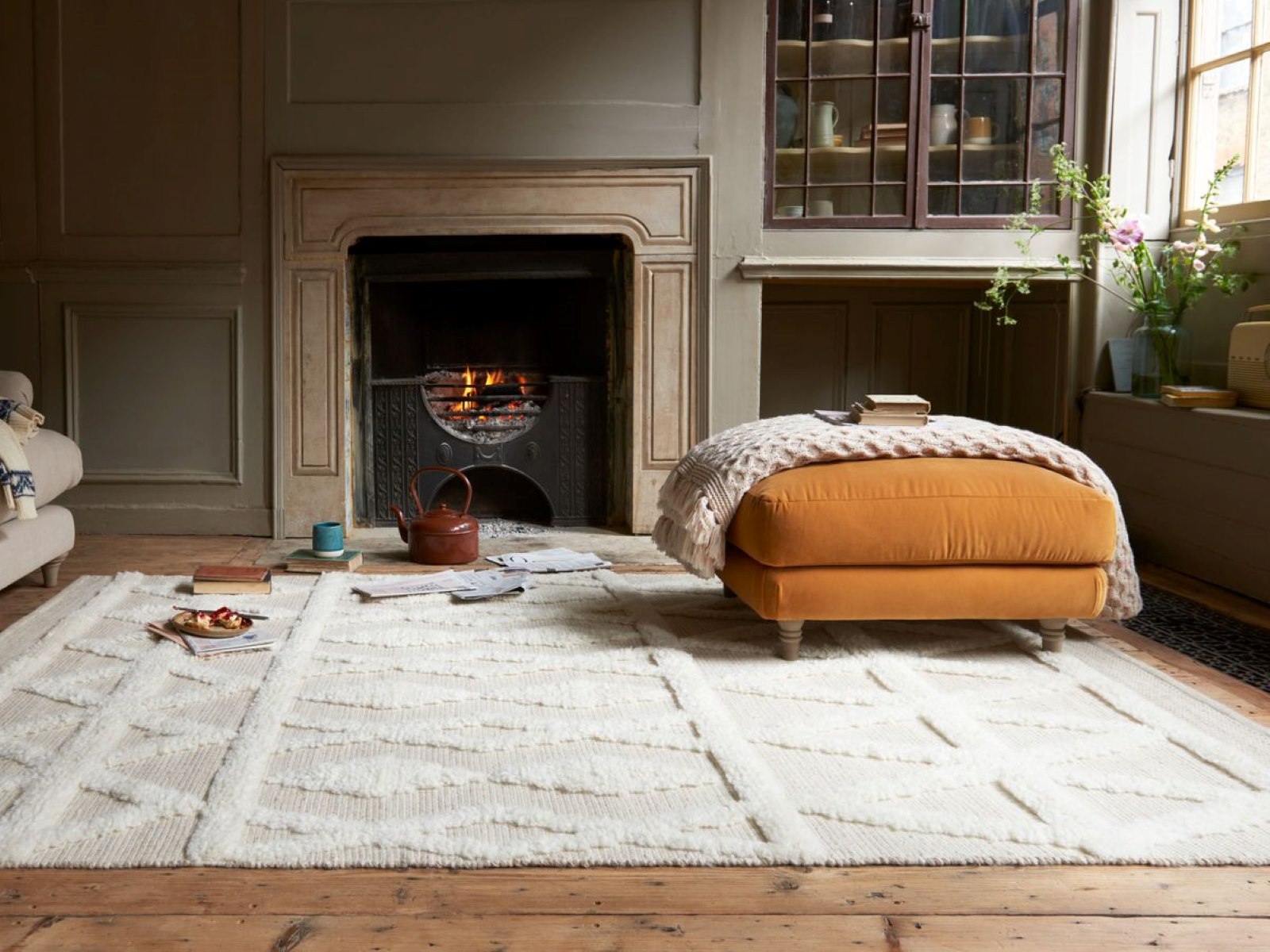
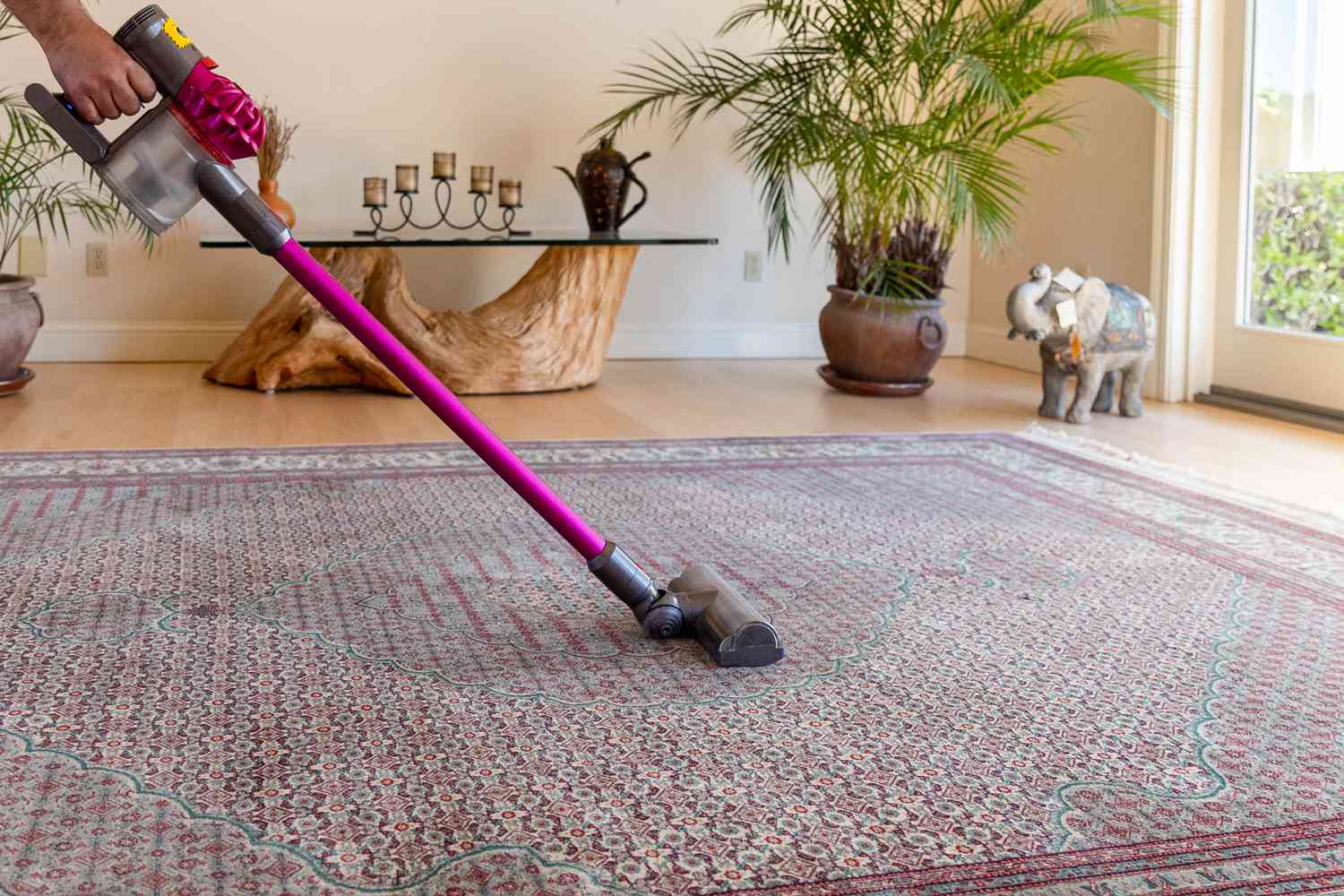

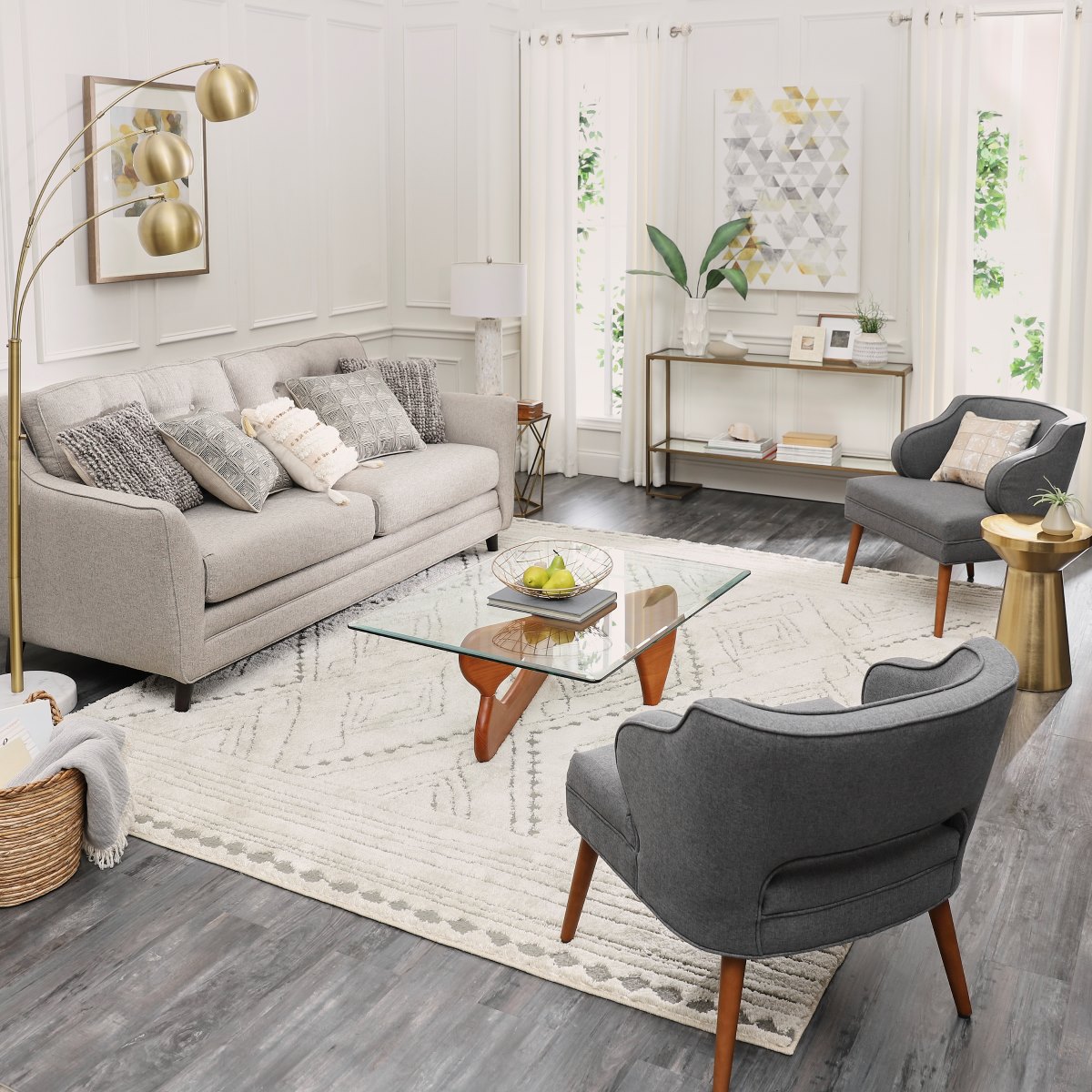
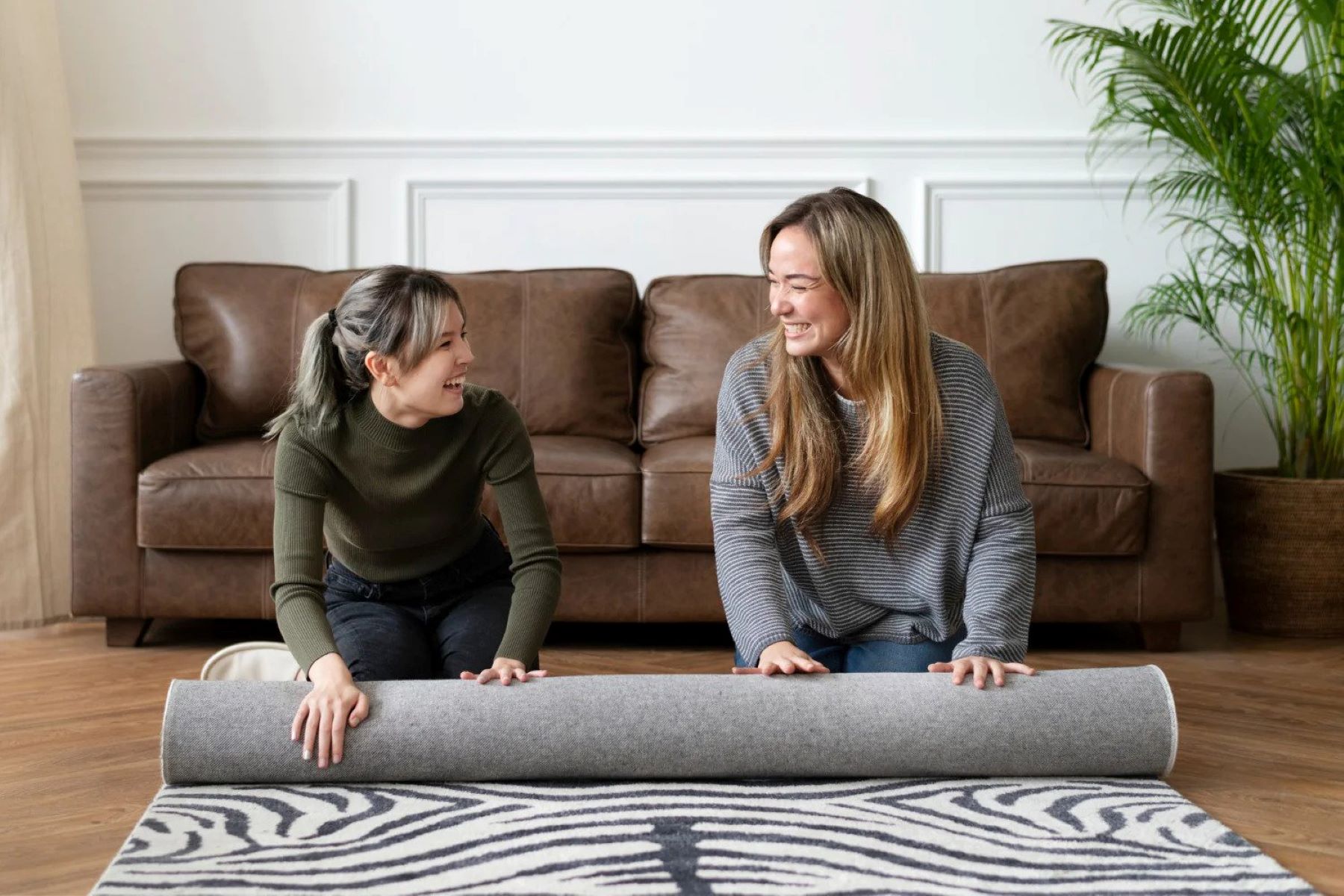
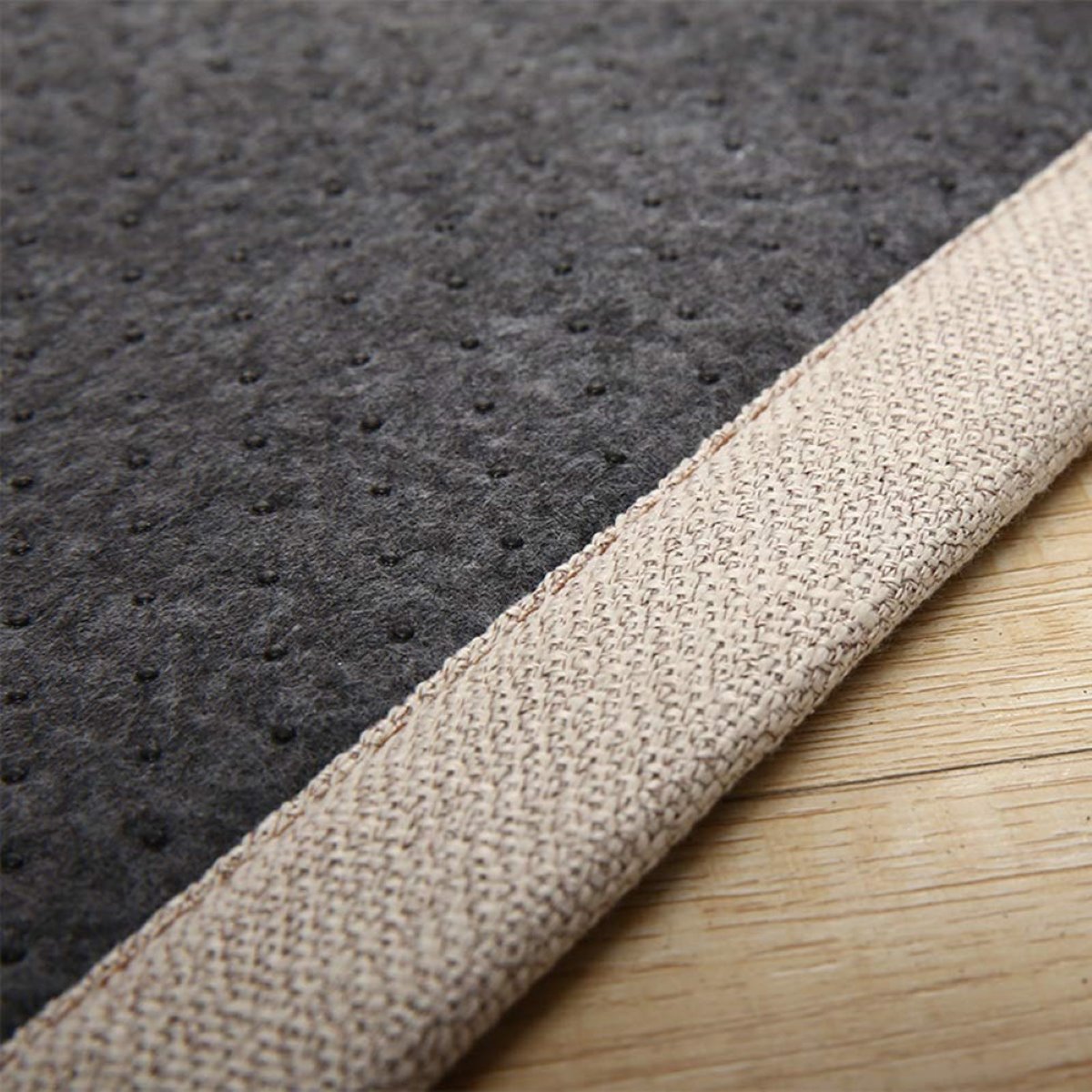
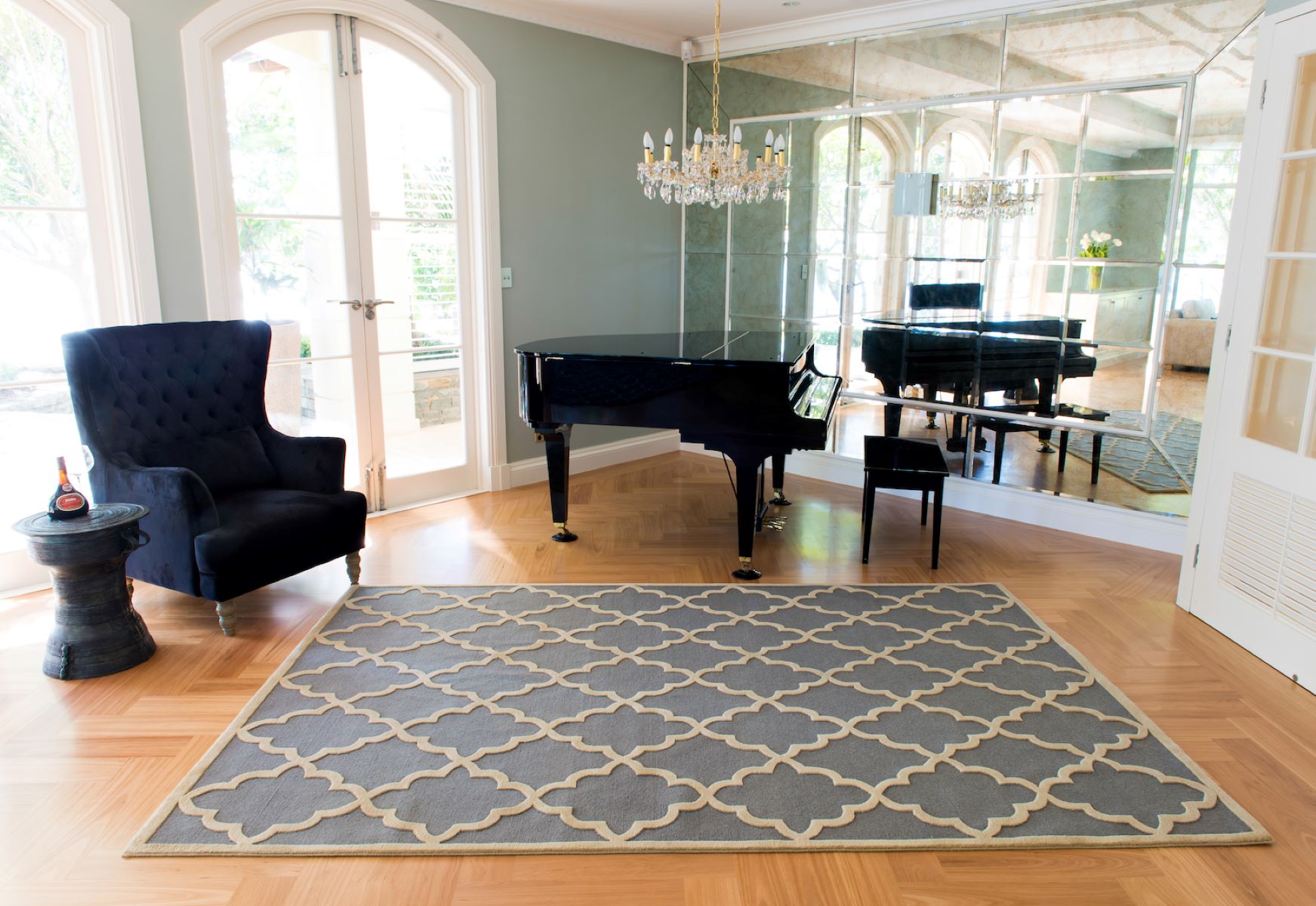
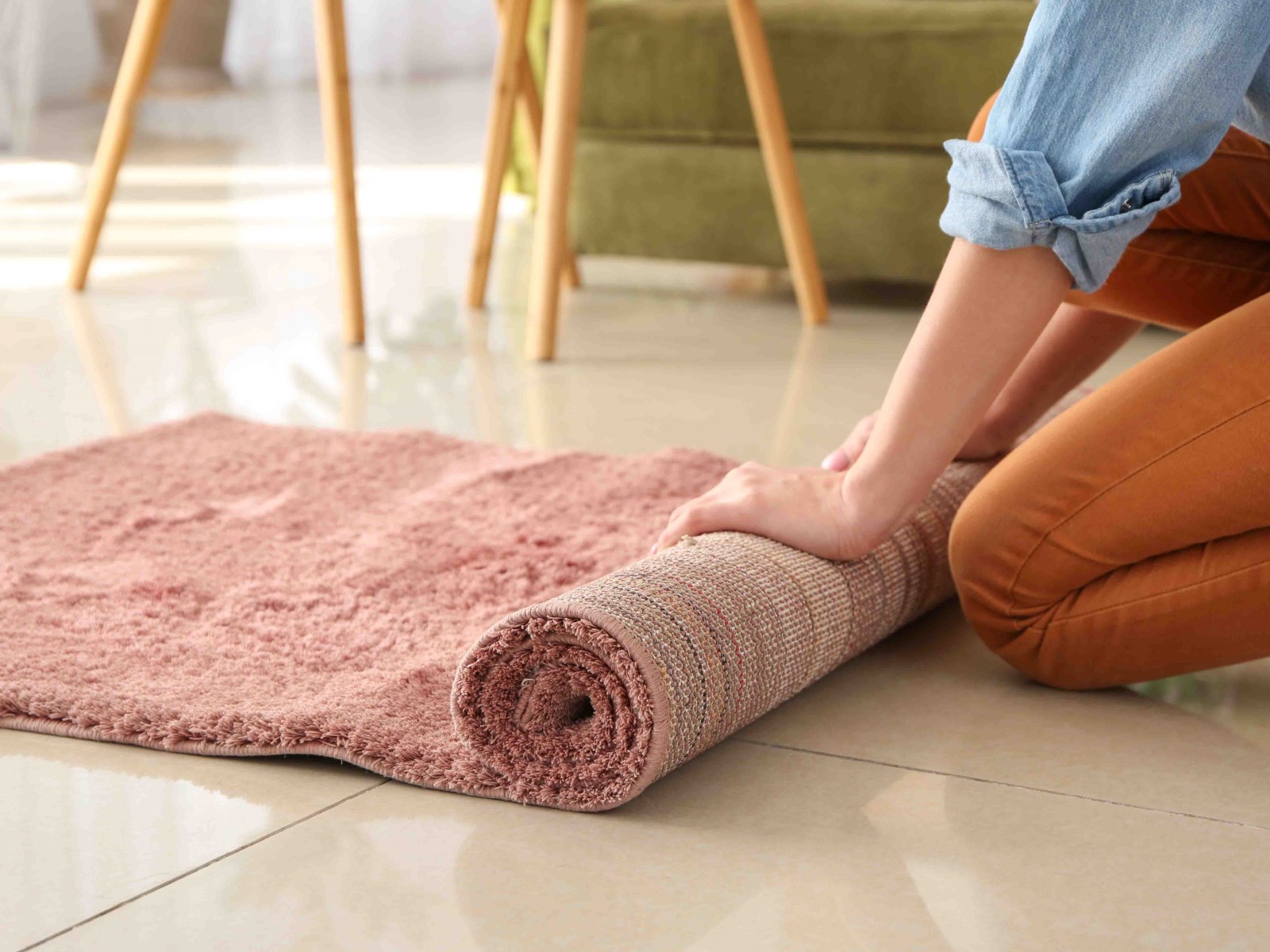
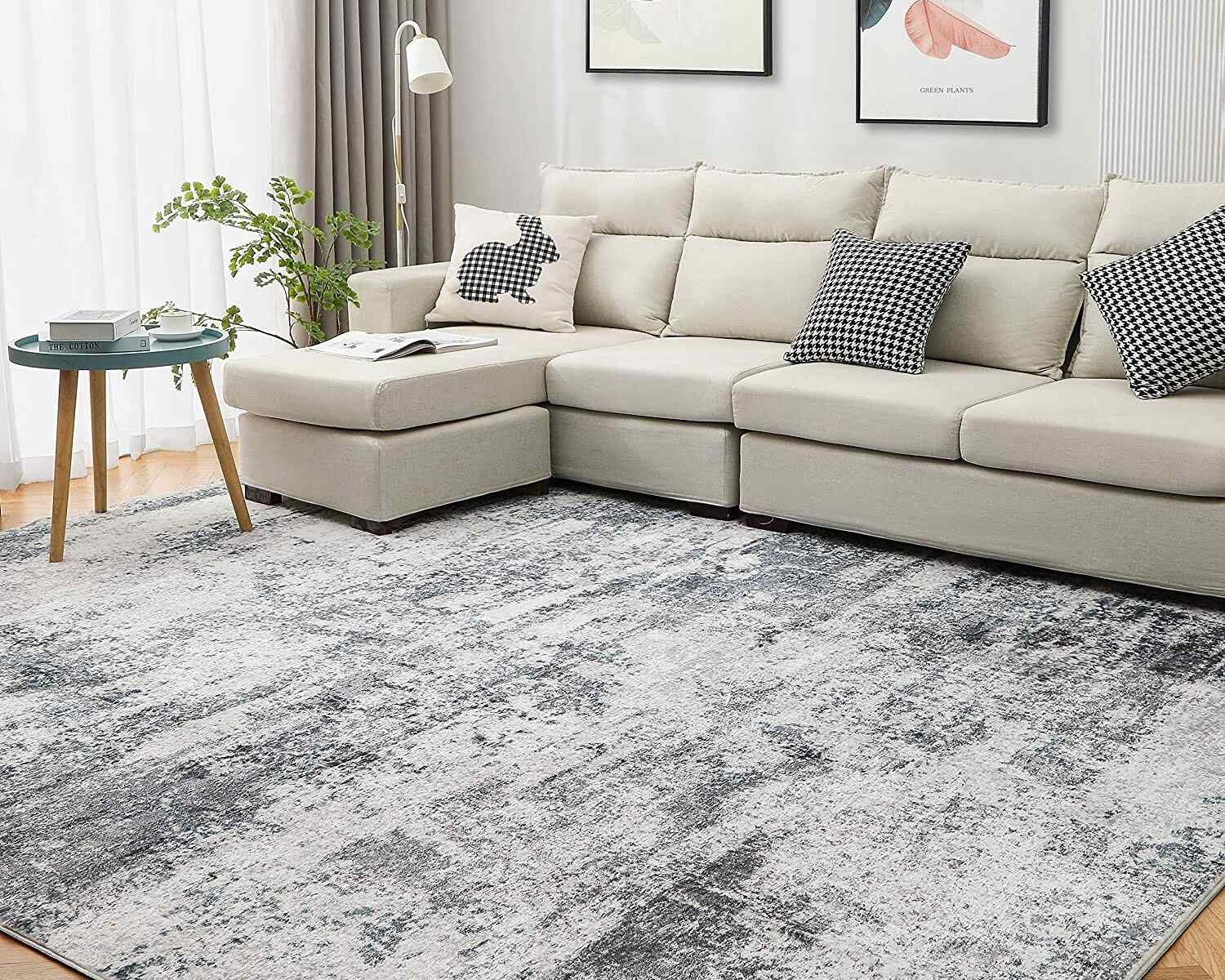
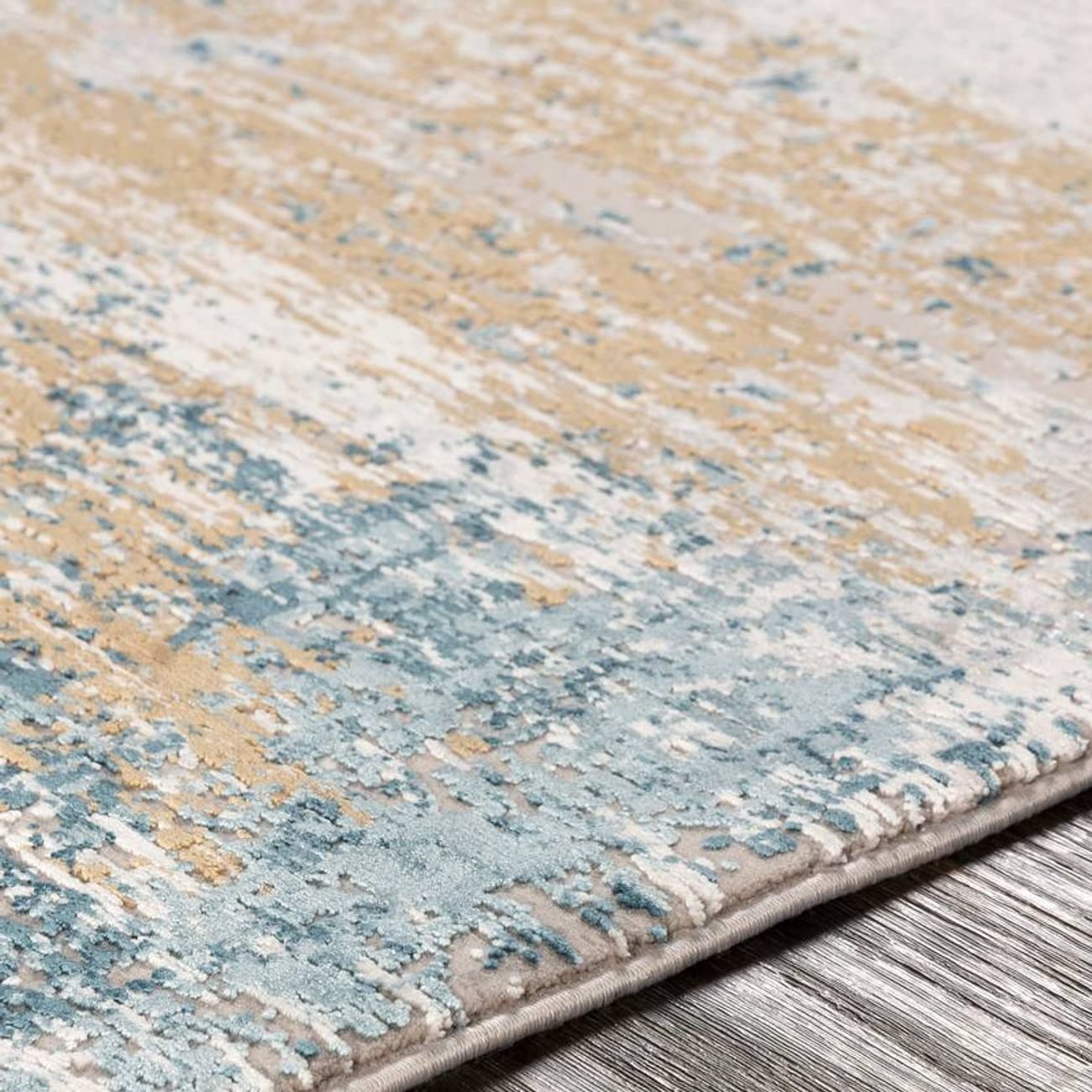

0 thoughts on “How To Shop For Area Rugs”